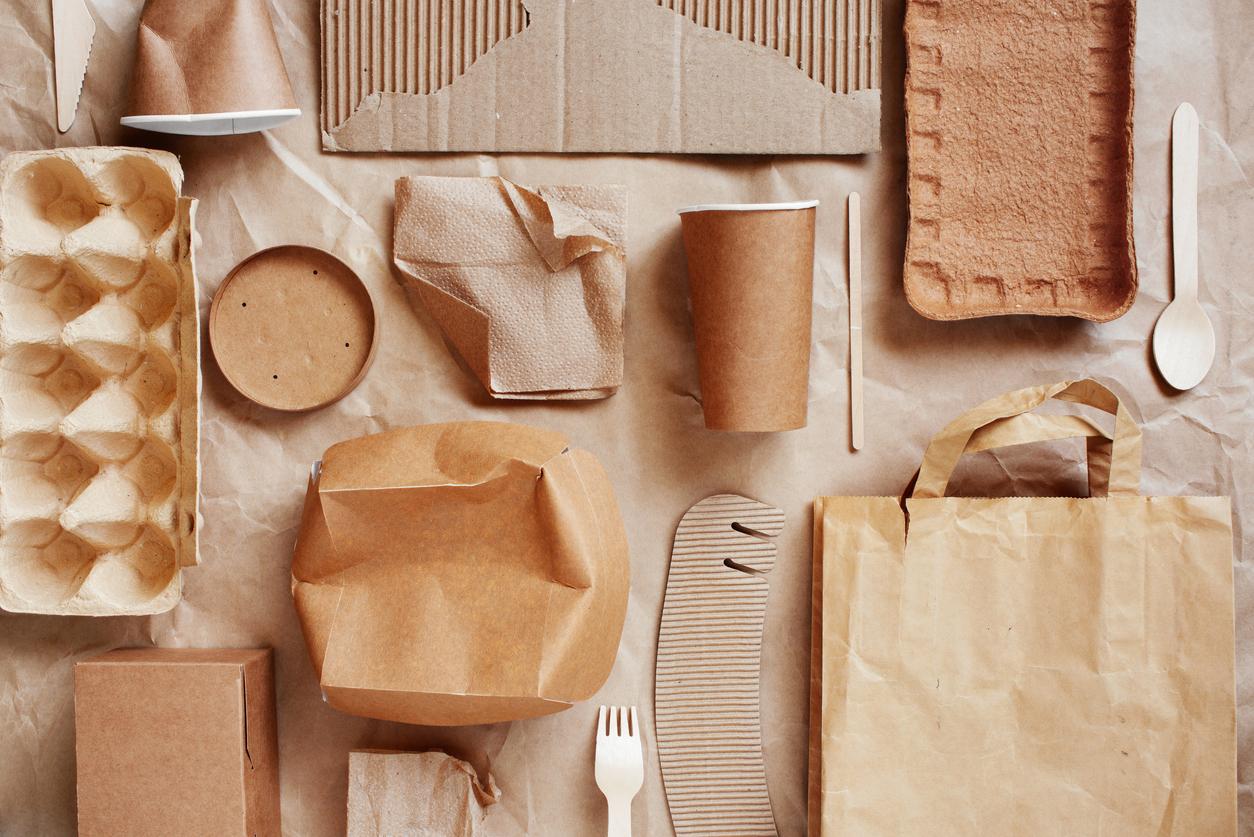
In recent years, the global movement towards sustainability has gained significant momentum. As a result, the demand for eco-friendly alternatives to traditional plastic bags has surged. Biodegradable bags have emerged as a promising solution, but a crucial question remains: Are these bags strong and thick enough to be reused? In this blog post, we will delve into the intricacies of biodegradable bags, exploring their strength, thickness, and potential for reuse. By examining the latest research and industry insights, we aim to provide a comprehensive analysis that meets the requirements of Google's search engine algorithm.
- Understanding Biodegradable Bags:
Biodegradable bags are designed to break down naturally over time, reducing their impact on the environment. They are typically made from plant-based materials such as cornstarch, PLA (polylactic acid), or PBAT (polybutylene adipate terephthalate). These materials offer a more sustainable alternative to traditional plastic bags, which can take hundreds of years to decompose. - Strength and Durability:
One common concern regarding biodegradable bags is their strength and durability compared to traditional plastic bags. Extensive research has shown that biodegradable bags can indeed possess comparable strength and thickness. Manufacturers have developed innovative production techniques and material combinations to enhance the structural integrity of these bags. However, it is important to note that the strength of biodegradable bags can vary depending on the specific materials used and the manufacturing process employed. - Reusability Potential:
Contrary to popular belief, biodegradable bags can be reused multiple times, provided they are handled with care. While they may not be as robust as some reusable fabric bags, they can still withstand everyday use for carrying groceries, household items, or personal belongings. It is crucial to avoid overloading the bags and to handle them gently to prevent tears or damage. By reusing biodegradable bags, individuals can significantly reduce their environmental footprint and contribute to a more sustainable future. - Proper Disposal and Decomposition:
Although biodegradable bags are designed to break down naturally, they require specific conditions to decompose effectively. In most cases, these bags need to be composted in industrial composting facilities, where they can be exposed to the right combination of heat, moisture, and microorganisms. It is important to educate consumers about the proper disposal methods to ensure that biodegradable bags can fulfill their environmental potential.
Conclusion:
Biodegradable bags have emerged as a viable alternative to traditional plastic bags, offering strength, thickness, and reusability. Extensive research and advancements in manufacturing techniques have resulted in biodegradable bags that can withstand everyday use. By understanding the proper disposal methods and handling these bags with care, individuals can contribute to a more sustainable future. As we strive for a greener planet, embracing biodegradable bags as a reusable option can make a significant difference.

